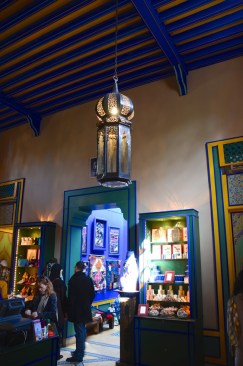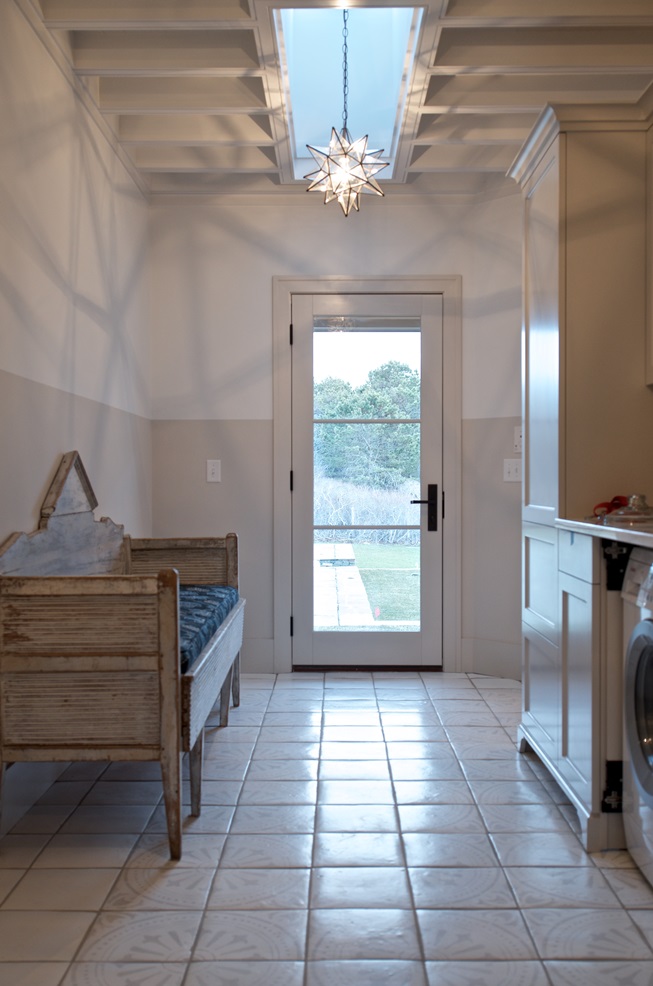For all its benefits in teamwork, continuity, and communication between designers and field crew, the design/build model presents at least one potential weakness. Let’s call it the “island effect.” Without the flow of new ideas that comes from working with professionals outside their companies, design/build remodelers risk becoming isolated. The direct communication between office and field can become a closed loop.
Without the need to direct new builders or work with new architects, design/build remodelers lack a built-in refresh mechanism. For that reason, experienced practitioners take deliberate measures to counter island effect. This month, we explore how design/build remodelers keep their designs fresh. The next column will look at ways to stay up to date on construction technology and building science.
Get Lost, Then Come Home
Living and working on an actual island, Nantucket, Mass., design/build remodeler Jason Olbres is especially alert to the risk of creative isolation. He keeps in touch with other building professionals by staying active in the Nantucket Builders Association. “Some of my best friends are other builders and architects,” he says. “We talk about materials and practices all the time. Nothing’s better than word of mouth on what really works in the field.”
Olbres finds creative inspiration close to home, too, in the stories old Nantucket houses tell. “The architectural vernacular here is very neighborhood-specific,” he says. “A federal home is appropriate in town, but not on a country road. In the fishing villages of Sconset and Codfish Park, there are more cottage style homes. Just because you’ve seen it on the island doesn’t mean you can do it anywhere.”

Jason Olbres
For all its virtues, though, Nantucket’s design community can feel a bit insular, so Olbres and his design partner/wife, Nichole Marks, periodically clear their palettes by getting off the island—sometimes way off. “We went to Portugal recently,” he says, “and we loved all the tilework. We’ve also gone to Morocco, where they do a lot of wood details on their ceilings and exposed rafters, and we brought that idea back with us for one of our projects. We kind of Nantucket-ized it by painting it white, rather than the bright blues, yellows, and reds we saw in Morocco, and we got some Moroccan-inspired tile for the mudroom.”
Olbres says mixing home and away time keeps his creative stream from either stagnating or overrunning its banks. “We try to bring something new and different to the table, but I feel like you should always ground it in a tradition of some sort,” he says. “I like modern architecture, but I also like a nod to something that’s been done before.” Olbres uses his clients’ values to weave those disparate parts into a narrative. “That’s how we keep it new and different—looking for an inspiration or theme for the home. The architecture does tell a story.”
Get a Lift from Clients and Crew
Chevy Chase, Md.-based design/build architect Bruce Wentworth and his staff architects have no shortage of opportunities to experience other designers’ work. “Because we’re members of the AIA, we have to acquire 18 learning units every year to stay licensed,” Wentworth says. “We’re also members of NARI, ASID, and NKBA, all of which hold regular seminars and other professional education programs. Here in D.C. you could go to a class or a tour every night of the week if you wanted to,” he says. “That helps keep us fresh.”
Geoffrey Hodgdon
Wentworth's younger clients are increasingly requesting more modern designs
Wentworth, 64, says that his firm’s design staff also keeps him on his toes. “Hiring young people helps, because they’re eager to learn, and they bring new ideas,” he says. “Experience is indispensable, but you need a mix. When a problem comes up, I can say, ‘Well, this is how I’ve dealt with this in the past.’ Young people don’t have that experience, but they often can point out a new technology that will help solve the problem, or present a new way of looking at it.”
Clients also are getting younger, says Wentworth, and they often have more contemporary tastes than did their parents’ generation. “They like open plans, informal living, modern or transitional design, and clean lines,” he says. For an architect who built his firm in the conservative Washington, D.C., area, the freedom to think outside the colonial box provides a welcome creative lift. And while their parents may have kept a folder of magazine clippings, younger clients use Houzz to collect online images—lots of them. “I do about 140 sales appointments a year, in homes,” Wentworth says. If there’s something new and different happening out there, he’s going to see it.
Broaden your Market and Capabilities
Designer/builder Christian Harper draws creative energy from his clients in a different way. While his company specializes in custom residential work, he says, “We do a lot of commercial work as well. We’ve done restaurants—kind of unique restaurants—coffee shops, brew pubs, tap rooms …” Harper says that commercial clients approach their projects with an agenda that’s refreshingly different from that of his residential clients. “In commercial, the owners want you to be super-creative, unique, and to help them build a brand,” he says, and they’re accepting of creative risk. Compared with a typical residential project, that allows “a much broader perspective on design.”
Harper says the commercial realm has proved to be the perfect venue in which to explore the Japanese principle of “wabi-sabi,” a cultivated appreciation for roughness and imperfection. That approach, along with the adventurous-but-cost-conscious commercial agenda, permits “an interesting use of materials to create modernism and also meet a budget.” Harper’s in-house fabrication shop gives his designers the confidence to imagine the dramatic specialty pieces—a steel awning or bar canopy, say—that make an instantaneous impression.
Harper has coined a new term to describe his company’s approach: design/build/fabricate. The fluid connection between design and construction is what Harper likes best about the design/build model. Design/build/fabricate takes that a step further with expanded capabilities that benefit residential clients as well. “We say, ‘We can do this cool piece here; let’s do it. We can make a great cantilevered awning on the front of the house, and this is the material we’re going to use, and we’re going to do a rust finish on it that will be cool and keep the cost down.’ All of the decisions can be made that way.”
Like traveling, teaming up with younger designers, and learning from your clients, broadening your company’s technical range can broaden your design horizons as well. As with any approach to remodeling, the design/build model can become a creative cul-de-sac. But if you stay alert to the opportunities it provides, it will support your growth as a designer for as long as you’re in the business.
